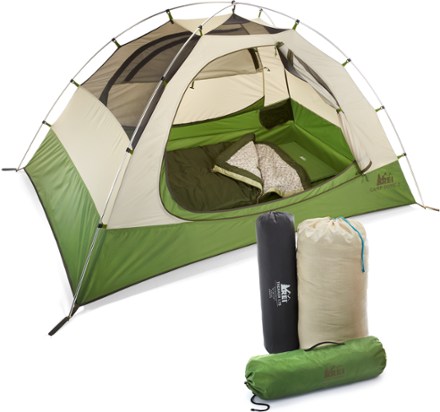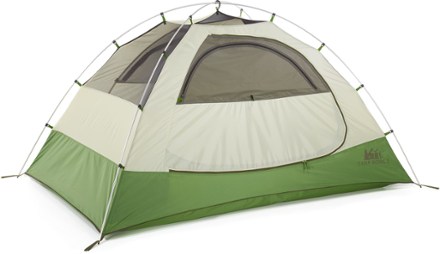 |
Not actually Erin.
& is used with permission.
|
I must apologize for my absence lately. As some of you my know, I live with my two elderly parents (80 and 77) and help take care of them and the house. Unfortunately, both of them went to the ER recently*, and that has rather understandably distracted me. However, it also gives me the topic for today.
If you've been to the ER recently, you know that unless you are hemorrhaging or otherwise close to death, the first thing you will have to do is fill out paperwork. The admitting nurse will ask you questions which, while important for treatment -- What medications are you on? Are you allergic to anything? What is your medical history? -- require a certain clarity of thought and memory that you may not currently possess.
Therefore, it makes sense to answer these questions now, while your head is clear and your health is good, so that you may have them for later.
Write It Down
For purposes of this article, I assume that these entries are being written on a word processor and not longhand.
Medical History
Going back as far as you can remember, write down every major procedure you have experienced, the month and date that it happened, and any other pertinent information (such as if it were resolved).
- Example 1: mom was diagnosed with cataracts in 1999, but no surgery was performed until 2014. So her entry reads Cataracts - discovered (no surgery) Aug 1999 - surgery Sept 2014.
- Example 2: My thumb was cut very badly when I was working for the Census -- so badly that I required surgery. My file reads
- Injury - Cut left thumb (stitches) - June 2010
- Surgery - Nerve Conduit - Spet 2010
- Example 3: I am prone to kidney stones, so I have kept a record of all the ones which required a trip to the ER.
Family History
If you have a direct blood relative with conditions like diabetes, hypertension, cancer, make a note of this and when it was diagnosed. If your relative dies of the condition or complications thereof, be sure to write that down, too, and the age at which they died if it was unusual. This will help in diagnosing an inherited or genetic defect, and alert doctors to the fact that you may be at risk to certain things.
Medicines and Supplements
If you're on a prescription medicine, write it down.
If you take something often (such as in my chase, painkillers for frequent headaches and an allergy suppressant + decongestant), write that down too. This can include inhalers and nose sprays.
If you take herbal or dietary supplements, wrote those down. They can have interactions with other prescribed drugs.
Allergies
If you're allergic to medication, then
obviously write down that information. But don't forget regular allergies, as well, like if you're allergic to peanut butter or latex or even seasonal allergies like pollen.
If possible, write down your reaction to them as well. For example, mine says PENICILLIN WILL KILL ME. That gets attention quickly.
Bad Habits
Look, I know that nobody likes confessing to their doctors, but if you're in the ER they only care about what might hurt you. So if you abuse drugs, write down what you take and how. If you smoke or drink a lot, write down how much and how often. If you're a caffeine fiend or eat a lot of sugar, put that down. And, yes, write down if you're sexually active, with whom, and if you're using precautions or not.
Doctors and Next of Kin
It wouldn't hurt to include the names and telephone numbers of your doctor (if you have more than one, list specialty next to the name) and your spouse, children, or anyone else who needs to be notified if you are injured. That way all you have to do is show the file to a doctor or nurse (or email it to them) and they can make the appropriate calls as necessary.
Now Upload That Sucker
After you write all of this out, put it somewhere you can easily access. For most people, this will involve putting the document on a smartphone or tablet that they always have with them; others may decide to put it on a thumb drive.
I would caution against putting this information "in the cloud" for security reasons.
Don't Forget to Update
Every time you have a new injury, or a new procedure, or otherwise have new medical information, write it down as soon as you are able. That way you will always be up to date the next time you find yourself in the Emergency Room!
*Friday morning, mom was on a ladder when it shifted and she fell off, hitting her head on the concrete below. She received an MRI to check for concussion and other injuries, and aside from a gash on the back of her head that required three stitches, she was declared fine. She came home that afternoon and other than being sore from the fall and exhausted from all the procedures was fine.
Saturday noon, dad started having chest pains and was taken by ambulance to the ER. He has a history of problems with his heart as well as hypertension, and it's my assumption that worry and stress about mom caused this. He was admitted that day and is still there as I write this now (Sunday afternoon). They're going to do a stress test on him tomorrow, and that will determine when he comes home.






























